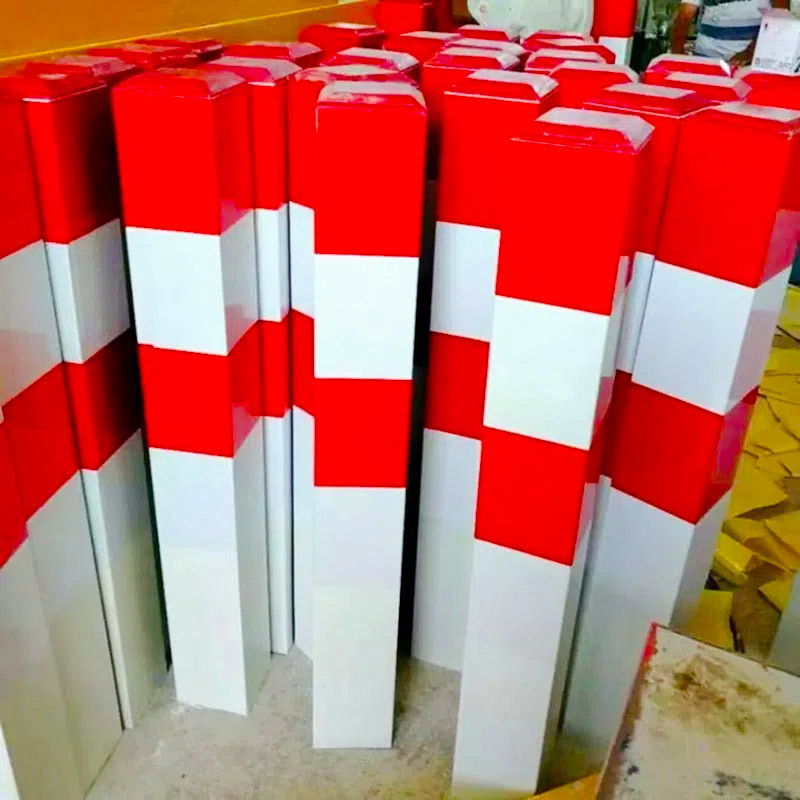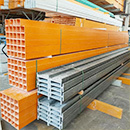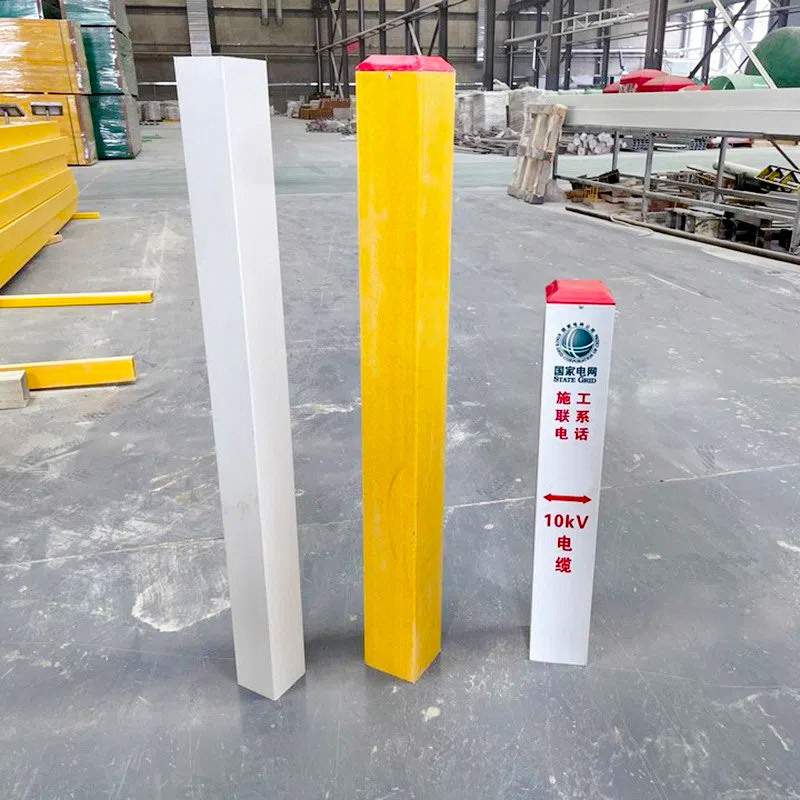Innovative Advancements in Newest Pultruded Fiberglass Structural Profiles
Jun 15,2025

Pultruded fiberglass structural profiles are among the latest innovations in the construction materials sector, offering a range of benefits that make them a compelling choice for various applications. These profiles are created through a continuous manufacturing process that combines resin and fiberglass to form strong, lightweight structures. The newest pultruded fiberglass structural profiles are particularly noteworthy for their enhanced durability, corrosion resistance, and versatility in design.
One of the primary advantages of pultruded fiberglass is its exceptional strength-to-weight ratio. This characteristic allows for the creation of structures that can support significant loads without the heft of traditional materials like steel or wood. As a result, they are ideal for applications in both commercial and residential building projects, where strength and weight considerations are crucial.
Moreover, the newest pultruded fiberglass profiles are engineered to withstand harsh environmental conditions, making them suitable for use in coastal areas or industrial settings where exposure to chemicals and moisture is common. Unlike metal, fiberglass does not corrode, which significantly extends its lifespan and reduces maintenance costs. This quality is particularly valuable in construction, where long-lasting materials can lead to substantial savings over time.
In addition to their strength and durability, pultruded fiberglass profiles provide excellent insulation properties, enhancing energy efficiency in buildings. They are non-conductive, meaning they do not transfer heat or electricity, making them an excellent choice for electrical and thermal insulation applications. This feature is becoming increasingly important as the industry moves towards more energy-efficient designs.
Design flexibility is another significant benefit of these profiles. The manufacturing process allows for various shapes and sizes, enabling architects and builders to incorporate them into unique designs without compromising structural integrity. This adaptability is especially beneficial in modern architecture, where creativity and innovation are essential.
The newest pultruded fiberglass structural profiles also contribute to sustainable building practices. As the construction industry increasingly shifts towards eco-friendly materials, fiberglass stands out as a viable option since it can be manufactured through processes that minimize waste and energy consumption. Additionally, fiberglass materials can be recycled, further reducing the environmental impact of construction projects.
In conclusion, the newest pultruded fiberglass structural profiles present a multitude of advantages for the construction and decorative materials industry. With their strength, durability, energy efficiency, and design versatility, these materials are poised to play a crucial role in future building endeavors. As more professionals in the industry recognize the benefits of pultruded fiberglass, its adoption is likely to expand, leading to even more innovative applications across various sectors. Understanding these advancements can help professionals make informed decisions about material selection, ultimately enhancing project outcomes and sustainability.
Previous:





